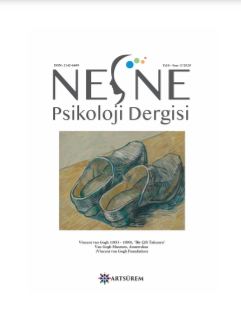Differences in Traffic Climate between Driving Simulation Scenarios with Different Complexity Levels
Differences in Traffic Climate between Driving Simulation Scenarios with Different Complexity Levels
Author(s): Yeşim Üzümcüoğlu, Ibrahim Öztürk, Türker ÖzkanSubject(s): Psychology, Behaviorism, Evaluation research, Transport / Logistics
Published by: Sanat ve Dil Araştırmaları Enstitüsü
Keywords: internal requirements; traffic climate; driving simulator; road safety;
Summary/Abstract: Road traffic injuries are one of the most important public health problems all over the world. Despite of the globality of the problem, driver behaviors, road traffic accidents and injuries show regional difference. Perceived traffic climate is related to driver behaviors. In order to predict driver behaviors, Traffic Climate Scale is used, which measures road users’ perceptions towards traffic system. Previously, the validity of Traffic Climate Scale was tested with self-report measures (i.e. Driver Behavior Questionnaire) and with simulator based results. Characteristics of simulator scenarios show differences based on purpose of research questions. However, researchers do not have enough information about whether participants perceive these differences or not. With respect to this, the aim of the present study is to test whether Traffic Climate Scale could be used to evaluate the characteristics of a simulated driving environment. For this reason, a total of 78 participants between the ages of 18 and 25 (M = 22.28, SD = 1.64) drove two driving simulation scenarios. High complexity scenario was perceived as more internally demanding than low complexity scenario. The results showed that, in addition to the country-level measurement of traffic climate, traffic climate measurement might be used to evaluate the perception of driving simulation scenarios. There is also a need of future studies that includes different driving simulators and scenarios.
Journal: Nesne-Psikoloji Dergisi
- Issue Year: 8/2020
- Issue No: 17
- Page Range: 171-179
- Page Count: 9
- Language: English

